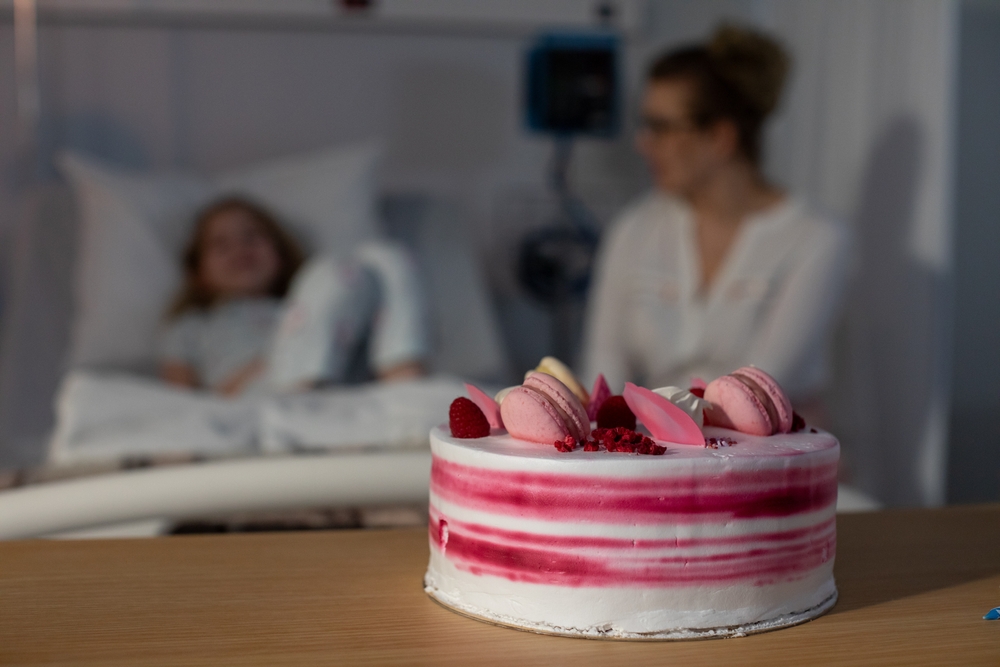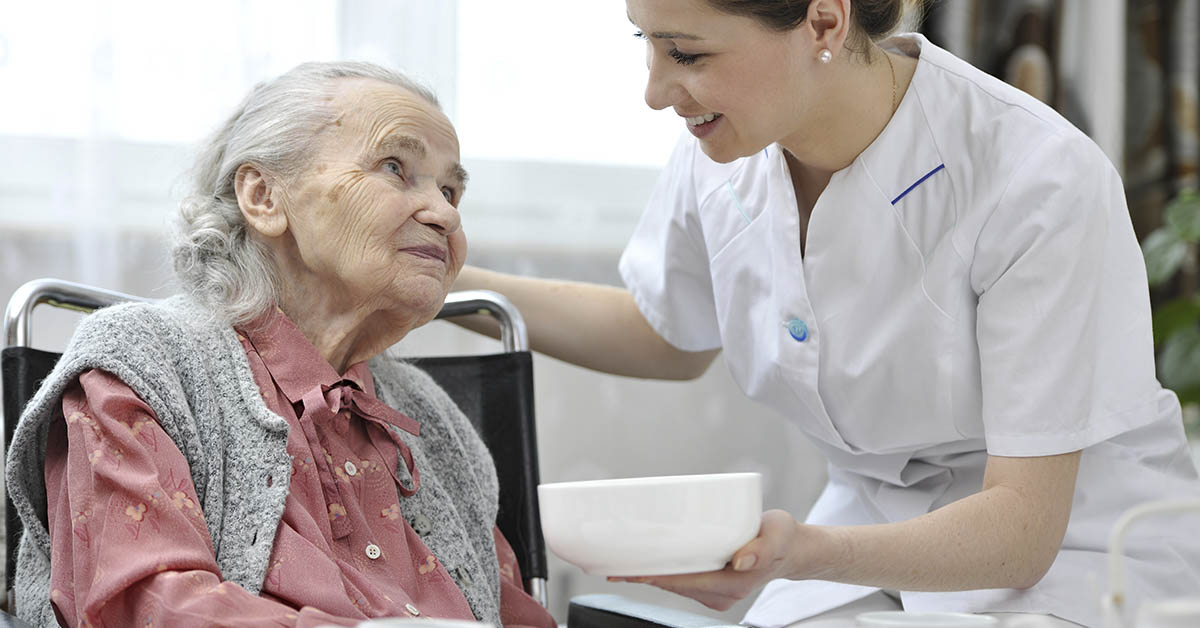Food is more than fuel. It’s a form of communication and a holder of memories, including noteworthy meals, locations, people, and conversations. Even just the aroma of a certain dish can bring feelings of excitement and nostalgia. But eating can become difficult in end-of-life care as appetites diminish, palates change, and health issues get in the way. Nevertheless, Chef Spencer Richards redefines what it means to cook for terminally ill people. At Sobell House Hospice in the UK, he doesn’t just feed patients; he gives them compassion, honor, and comfort.
The Privilege of Being a Hospice Chef

Richards sees his position as his calling. “My own philosophy is that there can be no greater privilege as a chef than serving someone their final meal,” he says to Bristol Live. He uses his work to not only nourish those in his care but also dignify their preferences and fulfill lifelong wishes. As he explains to News18: “This is about more than food. It’s about love, respect, and connection.” One patient’s story that stuck with him was a 21-year-old who didn’t care for the hospice’s standard menu. “He was young and craved street food. After chatting with him, we quickly made his favourite dish. Seeing him happy, even for a moment, was incredibly meaningful.”
However, Richards’ most common request is a birthday cake, often for people in their 80s or 90s. In one instance, he baked a cake for a 93-year-old woman who had never had a birthday cake before. “She cried with joy when we brought it out,” says the hospice chef. “She couldn’t stop looking at it. For her, it was something truly special.” He calls these cakes “small things” but notes how they can mean a lot for people who are feeling lonely or isolated.
Read More: You couldn’t help but cry’: Hospice nurse helps fulfill patient’s wish to watch son’s football game
Food is a powerfully emotive medium”

“Food at the end of life is as much about adapting as it is about cooking,” Richards explains. “Patients often lose the ability to swallow or taste buds change due to medicines and treatment such as chemotherapy. Many in the hospice become sensitive to salt, so we moderate that. And we find that often people with cancer get a sweet tooth.” Due to many patients’ difficulties with chewing and altered senses of taste, he takes inspiration from French desserts like panna cotta, crème brûlée, and crème caramel. And if all a patient could tolerate is ice cream or jelly, he presents the dish with care.
“We don’t always know at the time what it means,” he says. “But we hear back later. Families come back months afterward, just to say thank you.” For example, a family who had lost a loved one during the year returned on Christmas Day with food for the staff to show their appreciation. Moments like these remind Richards of the significance of his work. “At this stage in my career, I want to give back,” says the hospice chef. “Food is a powerfully emotive medium. It can summon childhood memories and create new lasting ones. That’s what we do here.”
Read More: Hospice Patients Share Their Mysterious Dream Experiences: “Who You See Before You Die”
A Hospice With Chefs and a Wine Bar

Dr. Virginie Guastella is the chief of the palliative care unit at Clermont-Ferrand University Hospital (CHU) in south-central France, and she strongly believes in the power of hospice comfort foods. In fact, Clermont-Ferrand may be the only hospital in the world with a wine bar set up specifically for the patients. Neuroscience research shows that feelings of fulfillment and the will to live is closely linked to the pleasure region of the brain. And wine is especially adept at lighting up that area because of the pleasant flavors, good company, and happy situations that often come with it.
Studies into palliative care are confirming what Guastella has been preaching all along: Providing simple pleasures can facilitate a happier end. For example, she ensures the wine is of good quality. “Why, because you are hospitalized, do the good things have to be stopped?” she says to Popular Science. Although she doesn’t want her patients to drink a lot, she knows that providing drinks they had enjoyed for years can help them maintain a sense of dignity and normalcy.
Family Over Food

Sometimes, the company matters more than the meal itself. “For many, food becomes symbolic for comfort, connection and memories. While their physical appetite may diminish, the comfort of a familiar taste and the emotional significance of food often remains strong,” said Michelle Thornhill, an end-of-life doula and vice president of the National End-of-Life Doula Alliance, to HuffPost. “Some individuals may want to share a favorite meal with loved ones — not because they need nourishment, but because it provides a sense of normalcy or nostalgia, and helps them to maintain a sense of agency and presence with family and friends for as long as they’re able.”
According to Gail Inderwies, the founder of hospice and home health provider KeystoneCare, people tend to ask for comfort foods like ice cream, mashed potatoes, chicken soup, or dishes reflective of their heritage. “When my grandma was dying, I made her meatballs and ravioli,” Inderwies recalled. “She took just a few bites, but she smiled as it brought back many fond memories.” She encourages families to become chefs together when they have a relative in hospice. “I always tell the families I work with to prepare a favorite dish together. When you’re sitting at a table, sharing a tradition and laughing together, you give a message to the dying patient that you’ll be OK.”
Read More: Hospice Nurse Reveals ‘Worst’ and ‘Best’ Diseases to Die From

